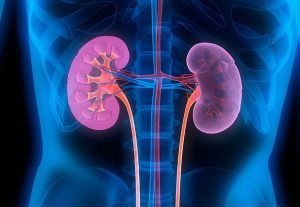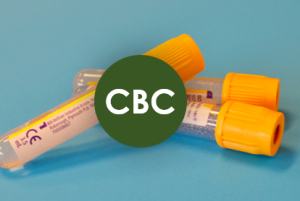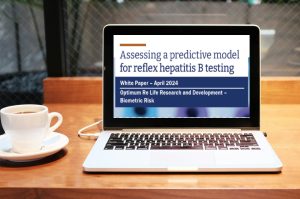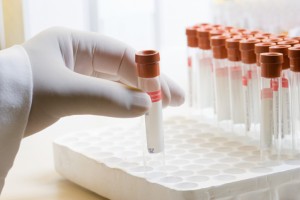 In both the United States and Canada we are experiencing a diabetes epidemic which can result in vascular (both micro and macro) complications[i],[ii]. If not diagnosed early and treated, these complications can lead to renal failure, cardiovascular disease, amputations, blindness and even early death.
In both the United States and Canada we are experiencing a diabetes epidemic which can result in vascular (both micro and macro) complications[i],[ii]. If not diagnosed early and treated, these complications can lead to renal failure, cardiovascular disease, amputations, blindness and even early death.
One of the important biomarkers for kidney (nephropathy) as well as vascular disease are the “little proteins” called microalbumin. Microalbuminuria is really a misnomer. The albumin found in the urine is not “little” in size, but it is often found in small amounts that cannot be detected by a standard urine dipstick, thus obtaining its name – microalbuminuria.
It is normal for individuals to lose up to 30 mg of albumin in their urine per day. However, persistent albuminuria between 30 mg and 300 mg in 24 hours may be predictive of individuals with diabetic nephropathy and end stage renal failure. Microalbuminuria is also predictive of cardiovascular mortality in diabetic and non-diabetic individuals. [iii]
Insurance clients who reflex for microalbumin receive not just a spot urine microalbumin, but a microalbumin/creatinine ratio (MA/C ratio). The advantage of having the urine microalbumin and the MA/C ratio is that it normalizes the urine to the equivalent of a 24 hour urine collection. It takes the diurnal variation out of play.
Urine microalbumin is a very powerful test in terms of its diagnostic insights. The microalbumin and the MA/C ratio can be powerful predictors of disease progression in diabetics, as well as predictors of future mortality in the insurance population.
For current screening and reflex recommendations, download our Microalbumin test reference sheet.
[i] Canadian Diabetes Association, 2013
[ii] American Diabetes Association, 2013
[iii] Yuyan, M et al; Microalbuminuria independently predicts all-cause and cardiovascular mortality in a British population: The European Prospective Investigation into Cancer in Norfolk (EPIC-Norfolk) population study; International Journal of Epidemiology, Volume 33, Issue 1; Pp. 189-198.




















One of the important biomarkers for kidney (nephropathy) as well as vascular disease are the “little proteins” called microalbumin. Microalbuminuria is really a misnomer. The albumin found in the urine is not “little” in size, but it is often found in small amounts that cannot be detected by a standard urine dipstick, thus obtaining its name – microalbuminuria.
It is normal for individuals to lose up to 30 mg of albumin in their urine per day. However, persistent albuminuria between 30 mg and 300 mg in 24 hours may be predictive of individuals with diabetic nephropathy and end stage renal failure. Microalbuminuria is also predictive of cardiovascular mortality in diabetic and non-diabetic individuals. [iii]
Insurance clients who reflex for microalbumin receive not just a spot urine microalbumin, but a microalbumin/creatinine ratio (MA/C ratio). The advantage of having the urine microalbumin and the MA/C ratio is that it normalizes the urine to the equivalent of a 24 hour urine collection. It takes the diurnal variation out of play.
Urine microalbumin is a very powerful test in terms of its diagnostic insights. The microalbumin and the MA/C ratio can be powerful predictors of disease progression in diabetics, as well as predictors of future mortality in the insurance population.
For current screening and reflex recommendations, download our Microalbumin test reference sheet.
[i] Canadian Diabetes Association, 2013
[ii] American Diabetes Association, 2013
[iii] Yuyan, M et al; Microalbuminuria independently predicts all-cause and cardiovascular mortality in a British population: The European Prospective Investigation into Cancer in Norfolk (EPIC-Norfolk) population study; International Journal of Epidemiology, Volume 33, Issue 1; Pp. 189-198.